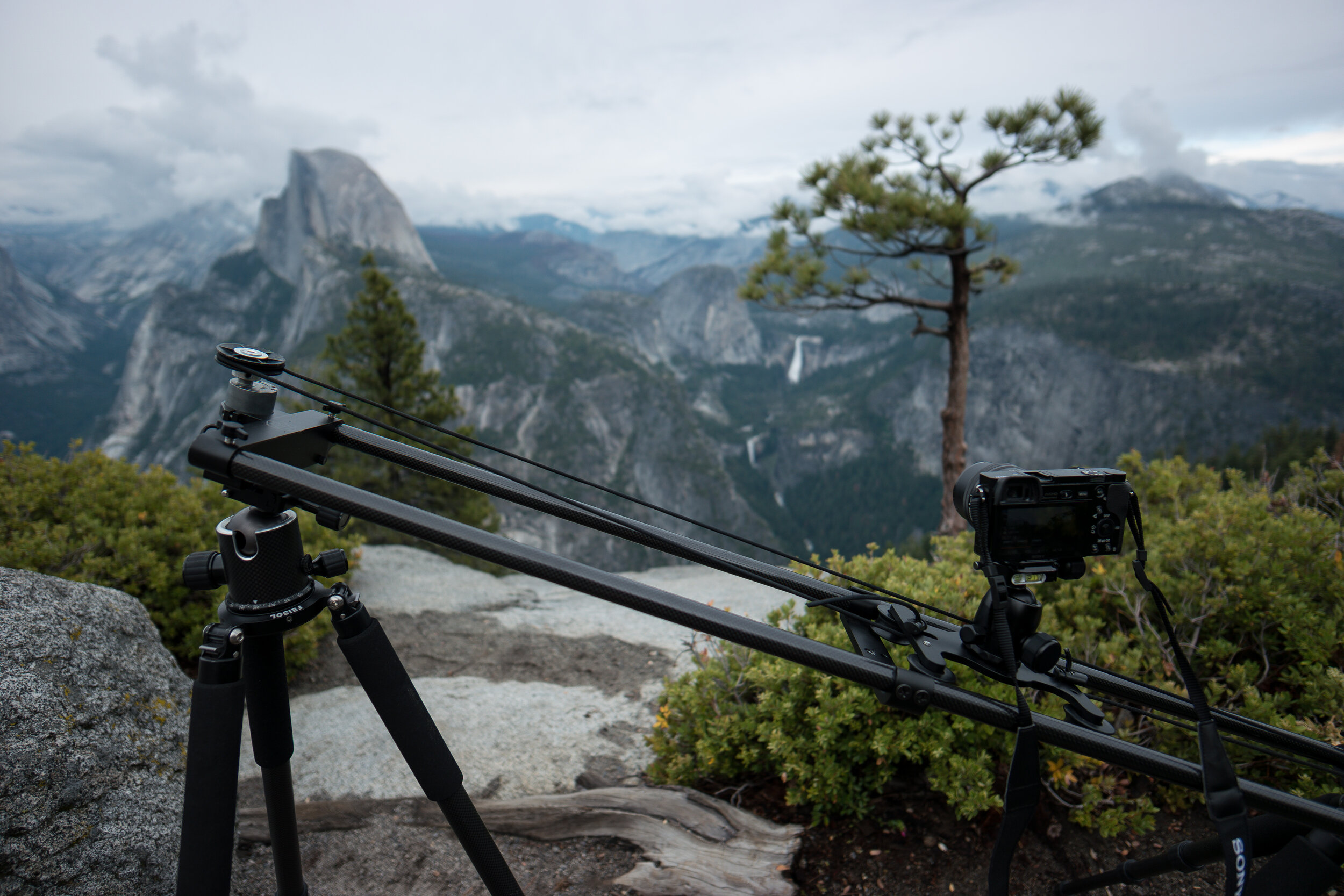Why Does the Leaning Tower of Pisa Lean? What Can It Teach Us About Design?
The Leaning Tower of Pisa, or simply the Tower of Pisa, attracts 5 million visitors every year. It certainly is a strange sight to behold as you walk through the city walls. The tower leans at an angle of 3.99 degrees [1]. It reached the peak of its lean in 1990 at 5.5 degrees, when there were fears it would collapse. $40 million was spent to correct some of the lean, to avoid the tower’s collapse [2].
Why does the Leaning Tower of Pisa Lean?
The lean of the tower is due to the soil beneath the tower not being stable enough to support the tower. The soil beneath the tower is composed of mud, sand, and clay, water tables in the area are also fairly high [3]. As the structure got heavier the soil beneath the tower began to settle unevenly. Even as the tower’s second story was being completed the tower was starting to lean. Instead of addressing the root cause of the lean, efforts were made to compensate for the lean in the third, fifth, and eighth stories. Even the flagpole on top of the tower has been made vertical, rather than following the angle of the rest of the tower.
What can it teach us about design?
There are three main lessons I learned from the Tower of Pisa: first, find the root cause of problems in your design; second, the cost to correct problems in a design gets more expensive as the further along it is in the product development process; and third, sometimes designs are better when they are imperfect.
Find the Root Cause of Problems
Quite often when faced with a bad outcome in a design, it is tempting to just change something that will fix the outcome rather than understand the root cause of the problem and ensure that a solution addresses the cause of the problem. Those that worked on the tower kept trying to compensate for the lean, but because that didn’t address the cause of the lean, the problem kept returning. Find the cause of your problems, and then address the cause rather than attempting a quick fix that may or may not work long-term.
Fix Problems Early to Save Money
As you move along the product development process it becomes more expensive to fix problems. Think about problems at two different stages of product development. Fixing a problem with a sketch or CAD model during conceptual design may only take a few minutes of time and very little money. At the other end of the spectrum, think about fixing a problem with a product that is already on the market. For example, around 2016 you may remember having a recall on your vehicle due to problems with the airbag. Takata was the company behind the airbag inflators, and worst-case estimates were that 287 million airbag inflators were affected, costing the company $24 billion [5].
Sometimes Designs are Better Imperfect
The last design lesson I got from the Tower of Pisa was that sometimes designs are better when they are imperfect. It is likely that far fewer people would visit the tower if it stood straight up. This is precisely the dilemma faced when deciding how much to reduce the lean. If the lean was reduced too much, fewer people would come and the impact on the local economy would be huge. It is hard to plan how imperfection could benefit a design, but it is interesting to think of imperfection as a feature.
Conclusion
The Tower of Pisa is truly an incredible building, and it can teach us great design lessons. In general, it will be best for you to find design problems early and address the root cause. Every once in a while though, imperfection can be the reason a design is so successful.
References
Britannica, T. Editors of Encyclopaedia (2020, September 24). Leaning Tower of Pisa. Encyclopedia Britannica. https://www.britannica.com/topic/Leaning-Tower-of-Pisa
Guardian News and Media. (2013, September 24). Leaning Tower of Pisa straightens up. The Guardian. Retrieved June 30, 2022, https://www.theguardian.com/artanddesign/2013/sep/24/leaning-tower-pisa-restoration-architecture
Harris, W. (2021, May 11). Will the Leaning Tower of Pisa ever fall? HowStuffWorks Science. Retrieved June 30, 2022, https://science.howstuffworks.com/engineering/structural/will-leaning-tower-of-pisa-fall.htm
Miller, B. J. (2022, April 18). Is the Leaning Tower of Pisa really falling over? LiveScience. Retrieved June 30, 2022, https://www.livescience.com/33379-leaning-tower-pisa-fall-over.html
Hagiwara, Yugi, and Takako Taniguchi. “Takata Puts Worst-Case Airbag Recall Costs at $24 Billion.” Bloomberg.com, 30 Mar. 2016, https://www.bloomberg.com/news/articles/2016-03-30/takata-said-to-put-worst-case-airbag-recall-costs-at-24-billion. Accessed 1 July 2022.
To cite this article:
Mabey, Chris. “Why Does the Leaning Tower of Pisa Lean? What Can It Teach Us About Design?” The BYU Design Review, 1 Jul. 2022, https://www.designreview.byu.edu/collections/why-does-the-leaning-tower-of-pisa-lean-what-can-it-teach-us-about-design.





